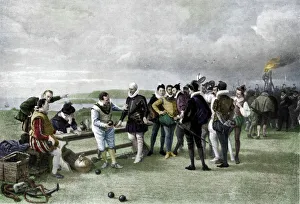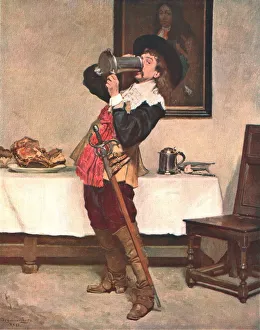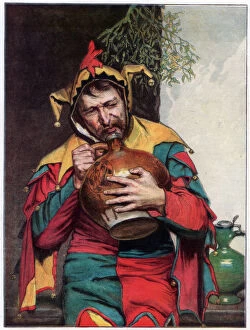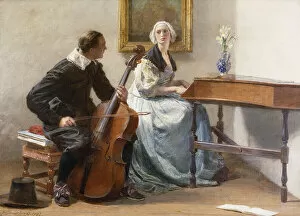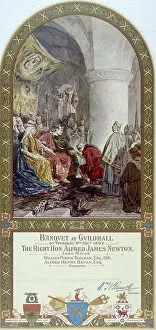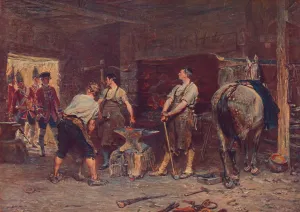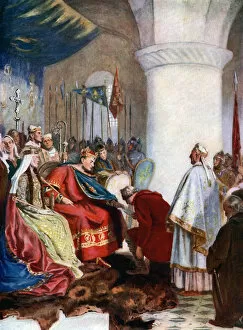John Seymour Lucas Collection
John Seymour Lucas was a renowned artist who left an indelible mark on the art world with his captivating works
All Professionally Made to Order for Quick Shipping
John Seymour Lucas was a renowned artist who left an indelible mark on the art world with his captivating works. One of his notable pieces, "Down to the Dregs, " painted in 1880 and later exhibited in 1902, showcases Lucas's exceptional talent for capturing raw emotions and intricate details. In another masterpiece titled "The Armada in sight, Plymouth hoe, " created in 1880 and displayed in 1911, Lucas transports viewers back to a historic moment. His meticulous brushstrokes bring life to this iconic scene, allowing us to witness the awe-inspiring sight firsthand. Lucas's painting "Though Lost to Sight to Memory Dear" from 1879 is a poignant portrayal of love and loss. With every stroke of his brush, he evokes deep emotions that resonate within our hearts. In a self-portrait completed in 1905, John Seymour Lucas reveals himself as not only an accomplished painter but also as someone deeply connected with his craft. The intensity captured on canvas reflects his passion for artistry and dedication to perfection. "The First Attack; After Seymour Lucas" is another remarkable piece inspired by Lucas's work. Although its creator remains unknown, it pays homage to the artistic genius that defined him. An unexpected gem among his collection is "An Unexpected Question. " Painted in 1922, this oil-on-canvas artwork demonstrates how Lucas continued pushing boundaries throughout his career by experimenting with different styles while maintaining his signature attention to detail. Portraits of Mr J Seymour Lucas showcase him both as an Associate Royal Academician (ARA) through an engraving and later as a full-fledged Royal Academician (RA) captured beautifully in black-and-white photography. These images immortalize him as an esteemed member of the artistic community during those times. "A Whip for Van Tromp at the Admiralty" takes us back even further into history – specifically 1883 – where we witness one man's triumph over adversity.

